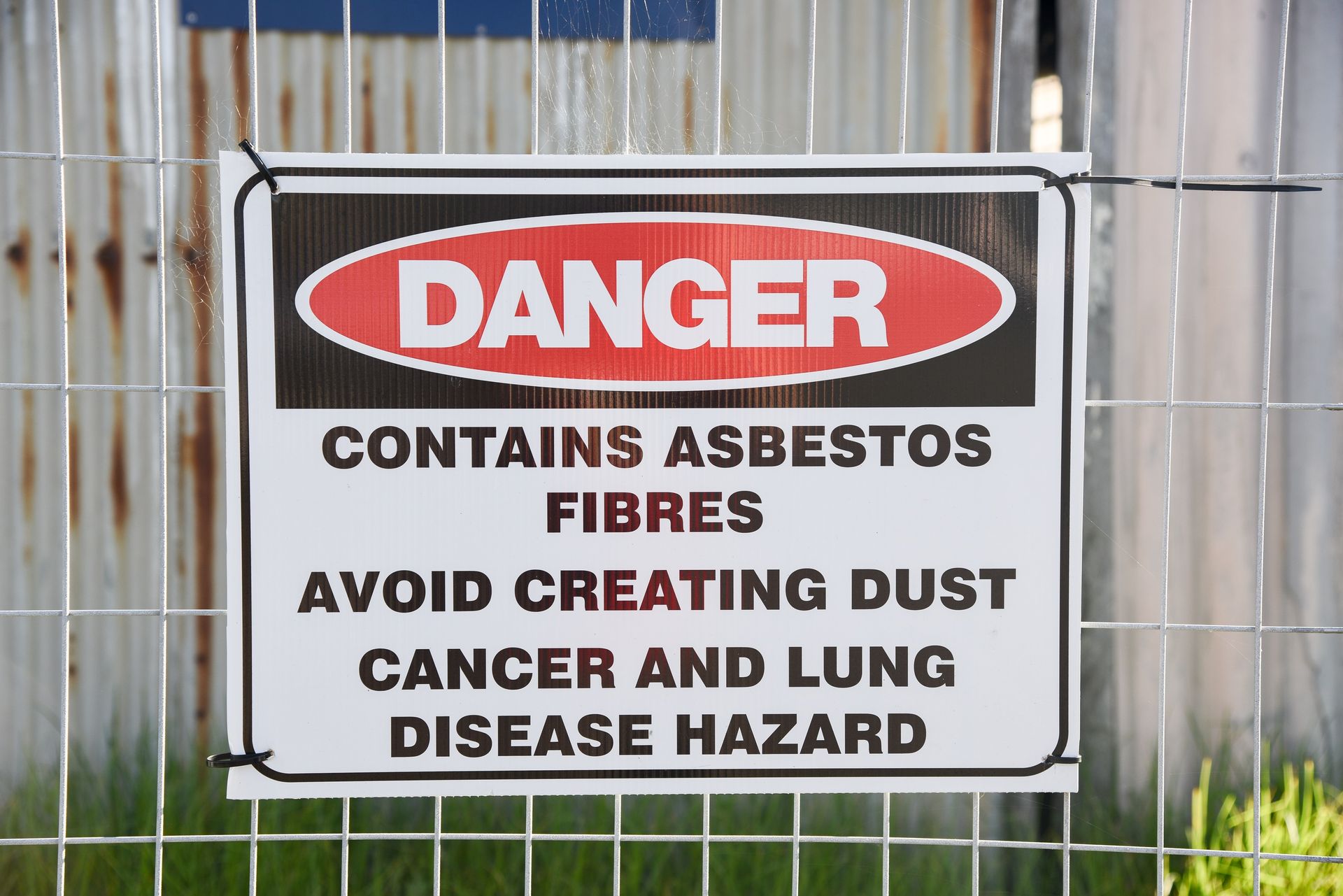Stricter bail laws for some offenders
Kells Lawyers • November 16, 2015
Individuals committing crimes whilst on bail has been a focus of the media in recent times. This has lead to increased community concern and a review of certain bail laws. In response parliament passed the Bail Amendment Act 2014, which amended the _Bail Act 2013_. The most substantial amendment involved the creation of the “Show Cause” requirement.
An entirely new Bail Act came into effect in May 2014. The new Act removed all pre-existing presumptions dealing with whether an accused should be granted bail and replaced them with a relatively clear and concise test, namely, does the accused pose an unacceptable risk.
After the new Bail Act was introduced, an accused person simply had to show that they did not pose an unacceptable risk to be granted bail. The new Act saw a return to focusing on an individual’s right to freedom and the presumption that a person was innocent until proven guilty.
However, just five weeks after its introduction there was public outcry after a number of high profile criminals were released on bail under the new Act. It was assumed that the new Act now made it easier for prisoners to be released on bail, promoting media criticism and a review of the bail laws by parliament.
In response to the public back lash a number of offences have been classified as being sufficiently serious as to warrant the assumption that bail should be refused unless an accused “shows cause.”
The new amendments effectively split the Bail Act in two.
For the majority of offences, the bail authority determining the application was required to focus on “risk”. An accused had a right to be granted bail provided there is was no unacceptable risks. If there were risks, referred to as “bail concerns” an accused could still be granted bail provided these bail concerns could be sufficiently mitigated by appropriate bail conditions. For example, the risk of an accused fleeing the country, may be mitigated by a bail condition requiring the forfeiture of all passports.
However, for some offences a new test was inserted, where an accused must first “show cause” as to why their detention was not justified. Before moving to any risk assessment and consideration of any “bail concerns” the onus is first on the accused to demonstrate a reason that bail is justified in their case.
Examples of the kind of offences captured by this new “show cause” requirement includes:
1. an offence that is punishable by imprisonment for life;
3. a serious personal violence offence if the accused person has previously been convicted of a serious personal violence offence;
4. a serious indictable offence[ ](http://www.austlii.edu.au/au/legis/nsw/consol_act/ba201341/s16b.html#serious_indictable_offence)under the Firearms Act 1996[ ](http://www.austlii.edu.au/au/legis/nsw/consol_act/fa1996102/)that involves the use of a firearm;
5. an offence under the Drug Misuse and Trafficking Act 1985 that involves the cultivation, supplying, possession, manufacturing or production of a commercial quantity of a prohibited drug or prohibited plant;
6. a serious indictable offence that is committed by an accused person while on bail, or while on parole.
If an individual is charged with a crime that is categorised under the “show cause” category, then they must first ‘show cause’ to the bail authority (eg magistrate) as to why their detention is not justified in their circumstances. If this can be satisfied then the bail authority considers any potential bail concerns. A bail concern can include:
1. a failure to appear at future proceedings,
2. any likelihood of committing a serious offence,
3. the risk of endangering the safety of victims, individuals or the community,
4. the risk they may interfere with witnesses or evidence.If there is an unacceptable risks associated with letting the individual out on bail, then they will be bail refused.
If there is an unacceptable risks associated with letting the individual out on bail, then they will be bail refused.
In Director of Public Prosecutions (NSW) v Tokomaimaleya [2015] NSWCA 83 the Court held that a two-stage test applies and that the steps should not be merged, but conceded that factors relevant to unacceptable risk will still be relevant to the “show cause” decision.
However, if a bail concern is present, the bail authority can consider whether a bail condition can reasonably be imposed to address the bail concern. For example the individual might be required to report daily to a police station, or to provide a lump sum monetary amount that is held until the final hearing.
If cause has been shown and there are no unacceptable risks, the accused is entitled to be released on bail, with or without the imposition of bail conditions.
This article was written by the Kells Criminal Law Team.

Kells has been delivering outstanding services and legal expertise to commercial and personal clients in Sydney and the Illawarra region for more than five decades. Our lawyers are savvy and understand your needs.
Subscribe
Want to get the latest articles and news delivered to your inbox?




